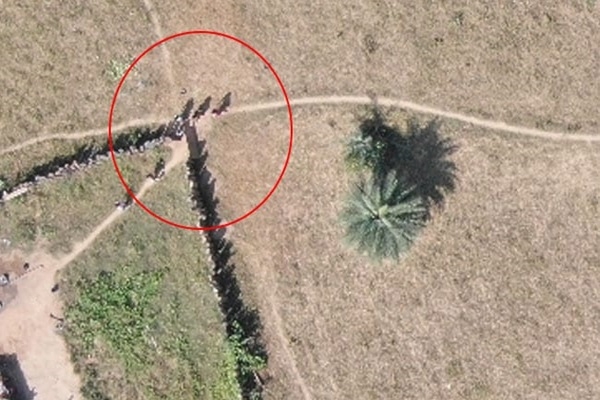Maoist terrorists Plan Camouflage tactics to ‘hide’ themselves from Armed Drone Attacks
A recent 80-page paper written in the Gondi language and ascribed to Naxal militants gives a detailed look at their techniques for combating aerial threats such as drones and helicopters.

The existence of drones in their neighborhood is noted in the paper, implying that these machines are performing reconnaissance or preparing for an impending attack.
Insurgents establish a self-defense regimen that includes "camouflage," staying disguised, sleeping beneath trees or in shelters dug three feet deep, and moving following drone reconnaissance.
Surprisingly, the emphasis in Bastar on building bunkers is a new addition to their fighting strategy. The dossier also recognizes previous events in which police drone monitoring disclosed their ambush positions, resulting in mortar assaults that thwarted their preparations.
While the Maoists have not acknowledged any losses in these strikes, they have been actively manufacturing indigenous propellers and mortars for more than a decade. This is one of the earliest thorough policy memos against unmanned aerial vehicles (UAVs) and helicopters.
To escape discovery, the Naxals advocate making camouflage kits and hiding behind trees to guarantee that bombs drop in forested regions, rendering them less effective.
It is important to note that the most intensive Naxal attacks, like as the renowned 2013 ambush of a convoy of Congress leaders in Darbha, tend to occur during the summer months. However, the sparse woodland cover makes clandestine movements more difficult during this time.


